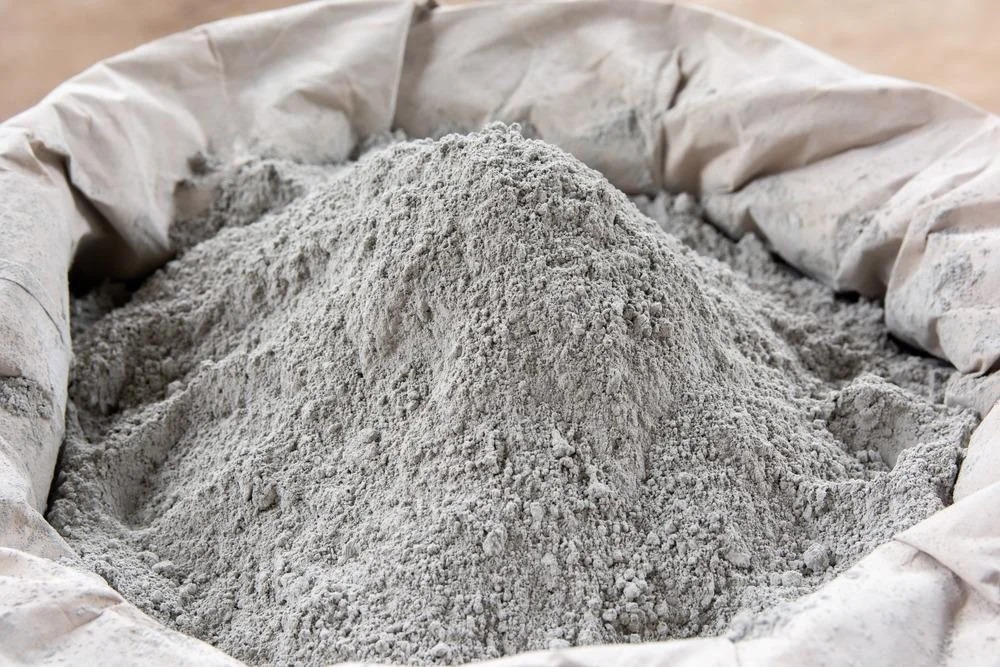Cement Supplier in mumbai
Key Products
Cement Supplier in Mumbai
We Are One Enterprises is a well-known cement supplier in Mumbai that has established its reputation through its highly reputable and quality-supplying services. We are the most preferred cement supplier in Mumbai, prosperous in fulfilling any of the construction related requirements that are important in giving each project a good foundation. Indeed through years of experience and a competent team that we have assembled in Mumbai, we know the dynamics of cement supply business in the market. We aim also to be the leading cement supplier in Mumbai for both the construction of building projects both the big construction projects and the small construction projects. At We Are One Enterprises, the company objective is to retain the market leading position as a cement supplier in Mumbai through offering quality cement to our clients and excellent service delivery. It is always wise to hire us as Cement Supplier in Mumbai to supply you cement for new construction or in case of home remodeling.

What is Cement ?
Cement, being the oldest and the most crucial construction material, being the binding substance that holds together structural elements like stone, brick and tiles is one of the oldest and most consequential construction materials. A very fine powdery substance which, in turn, has several materials and is commonly created from limestone (calcium), sand or clay (silicon), bauxite (aluminum), and iron ore, which additionally can combine with some others like shells, chalk, marl, shale, clay, blast furnace slag, and slate is known as cement. The starting point of cement production in a facility is the raw materials which are transformed and heated in order to take shape and become rock-hard. They are thereafter finely ground into a powder for sale. Through the mixture of cement and water, a physical process – namely, cementation takes place which forms a paste that eventually sets and hardens to secure a given structure together.
Applications of cement
- Concrete Production: An essential component of concrete used to construct buildings, bridges, roads, dams, and pavements.
- Masonry Work: Cement mortar is used to glue bricks, blocks, and stones together to form walls and columns.
- Plastering and rendering are cement-based coatings used to provide smooth, weather-resistant wall surfaces.
- Flooring includes cement-based products for plain concrete floors, screeds, and tile adhesives.
- Precast concrete products include pipes, poles, blocks, and panels for construction.
Grouting: Fills gaps in masonry, tile, and concrete constructions to provide waterproofing and stability. - Stabilization and Soil Improvement: Mixing with soil to strengthen foundations and roads.
- mending and rehabilitation include patching, crack mending, and strengthening of deteriorating buildings.
- Decorative applications include stamped concrete, exposed aggregate finishes, and overlays for aesthetics.
- Specialized applications include post-tensioned structural grouting, underwater construction, and fiber cement manufacture.
Types of cement
- Ordinary Portland Cement (OPC).
- Portland Pozzolana Cement (PPC) is available in three grades: OPC 33, 43, and 53. Grades: PPC (varies by manufacturer).
- Rapid-Hardening Cement: Grades: RHPC (variations by manufacturer)
- Sulfate Resistant Cement: Grades: SRC (variations per manufacturer)
- White Cement: Grades: Types I, II, and III (depending on fineness and color consistency).
- Low Heat Cement: Grades: LHPC (which varies by manufacturer)
- High alumina cement: Grades: HAC (varies by manufacturer)
- Portland Slag Cement (PSC). Grades: PSC (varies by manufacturer).
- Masonry Cement:Grades: N, S, M (based on compressive strength and workability).
- Oilwell Cement:Grades: A, B, and C (depending on sulfate resistance and setting time).
How is it made?
Cement production begins with the extraction of raw materials such as limestone, clay, shale, iron ore, and gypsum from quarries. These components are crushed and processed into a fine powder before being put together to make raw meal. Clinker is formed after the raw meal is calcined in a rotating kiln at temperatures ranging from 1400 to 1500 degrees Celsius. Clinker, a mixture of calcium silicates, aluminates, and ferrites, is cooled and crushed into cement. During grinding, additives such as gypsum, fly ash, slag, and pozzolans are added to generate various kinds of cement. The finished product is packed and shipped for use in concrete manufacturing and building projects.
Brand Associated


